Ad Law Reading Room: “The Gray Area: Finding Implicit Delegation to Agencies after Loper Bright,” by Matthew Stephenson
Today’s Ad Law Reading Room entry is “The Gray Area: Finding Implicit Delegation to Agencies after Loper Bright,” by Matthew Stephenson. Here is the abstract:
In Loper Bright v. Raimondo, the Supreme Court overruled Chevron v. Natural Resources Defense Council and repudiated Chevron’s the across-the-board presumption that statutory ambiguities should be treated as implied delegations of discretion to agencies. But Loper Bright did not repudiate the possibility that a court might properly find implied delegation in some cases. How should a court identify such cases? Loper Bright did not offer much guidance, and in the coming years, a central project of administrative law will be articulating, elaborating, and refining the doctrine that is to govern this inquiry.
This Article argues that the canonical pre-Chevron cases Gray v. Powell and NLRB v. Hearst Publications, together with their antecedents and progeny, provide a useful framework for distinguishing those interpretive questions on which courts ought to find implicit delegations to agencies from those issues that are for the courts to decide without deference. The Gray doctrine establishes a presumption that, when a statute empowers an agency to take some authoritative action which necessarily involves the application of an imprecise statutory term to particular situations, the statute should be read as implicitly delegating to the agency the authority to make the necessary line-drawing decisions. At the same time, the Gray doctrine does not call for judicial deference to an agency’s views on the resolution of interpretive questions that can be answered through abstract textual or structural analysis.
Courts can and should incorporate the Gray doctrine into the implicit delegation prong of the Loper Bright framework. Doing so would be both legal—consistent with the Administrative Procedure Act (APA) as interpreted by Loper Bright—and desirable. The Gray doctrine provides a structured, workable method—one well-grounded in decades of pre-Chevron case law—for deciding when a finding of implicit delegation is appropriate. Integrating Gray into Loper Bright would achieve a more appropriate allocation of authority between the judicial and executive branches than would alternative and more restrictive approaches to Loper Bright’s implicit delegation prong.
“It is … a wonderful new world that the Court [has] create[d], one full of promise for administrative-law professors in need of tenure articles and, of course, for litigators.” Justice Scalia penned that line about Brand X, not Loper Bright. And Matthew Stephenson doesn’t need tenure. Nevertheless, Justice Scalia’s quip provides an apt description of the post-Chevron landscape, and Stephenson’s paper is an excellent entry into the burgeoning literature on what to make of deference doctrine following Loper Bright. The heart of it involves resurrecting a set of rules the article associates with Gray v. Powell. Gray was once a central case in the administrative-law canon. More recently, it was reduced to a kind of pre-Chevron curiosity. Stephenson forcefully argues that Gray and NLRB v. Hearst Publications, along with the case law surrounding them, provide a doctrinal roadmap for identifying implicit statutory delegations within the Loper Bright framework. A must read for anyone—law professor, litigator, and the rest—trying to make sense of it all.
The Ad Law Reading Room is a recurring feature that highlights recent scholarship in administrative law and related fields. You can find all posts in the series here.



